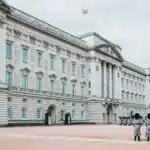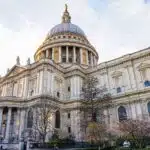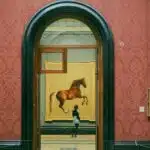The British Museum is one of the most iconic and comprehensive museums in the world, offering visitors a glimpse into the history and culture of human civilization. Located in the heart of London’s Bloomsbury district, the museum is renowned for its vast collection of artifacts that span over two million years of history. From ancient Egypt to classical Greece and the Roman Empire to Asia, Africa, and the Americas, the British Museum’s treasures provide an unparalleled journey through time. With over eight million objects in its collection, the British Museum is a must-visit destination for history lovers, cultural enthusiasts, and curious travelers alike.
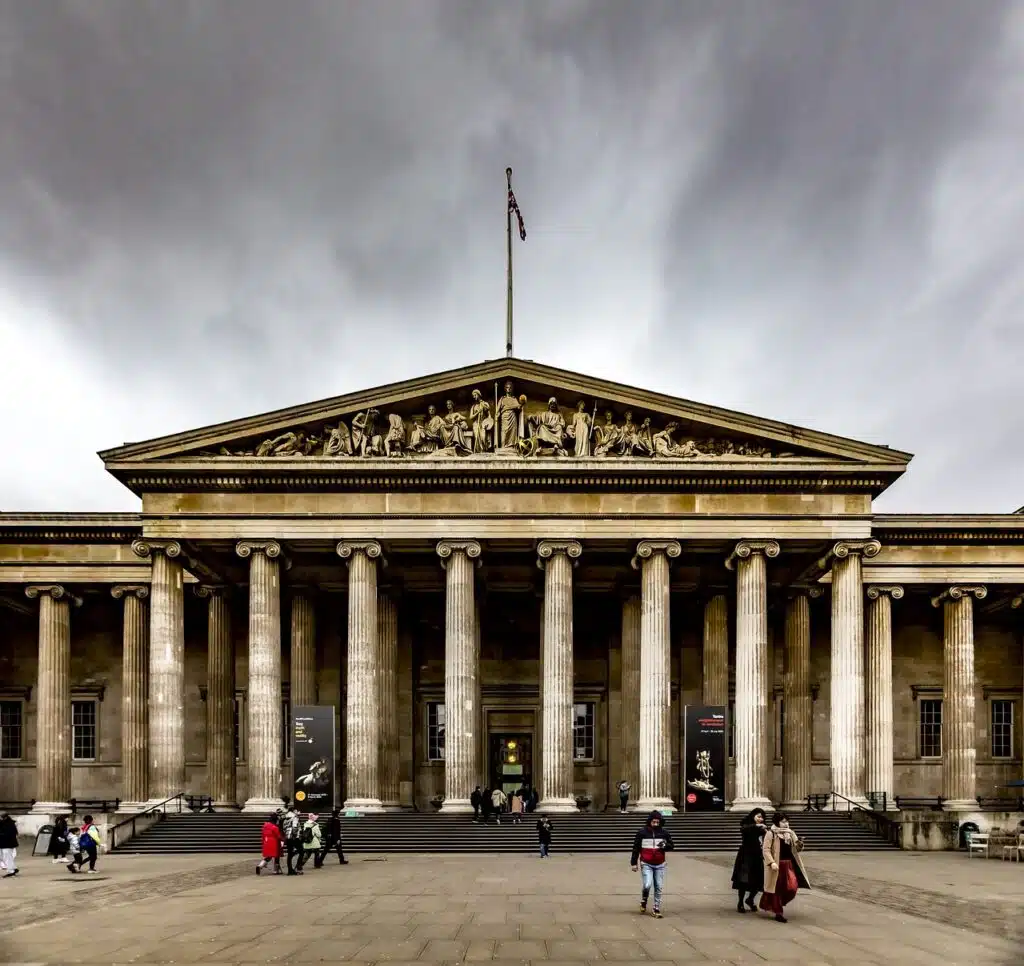
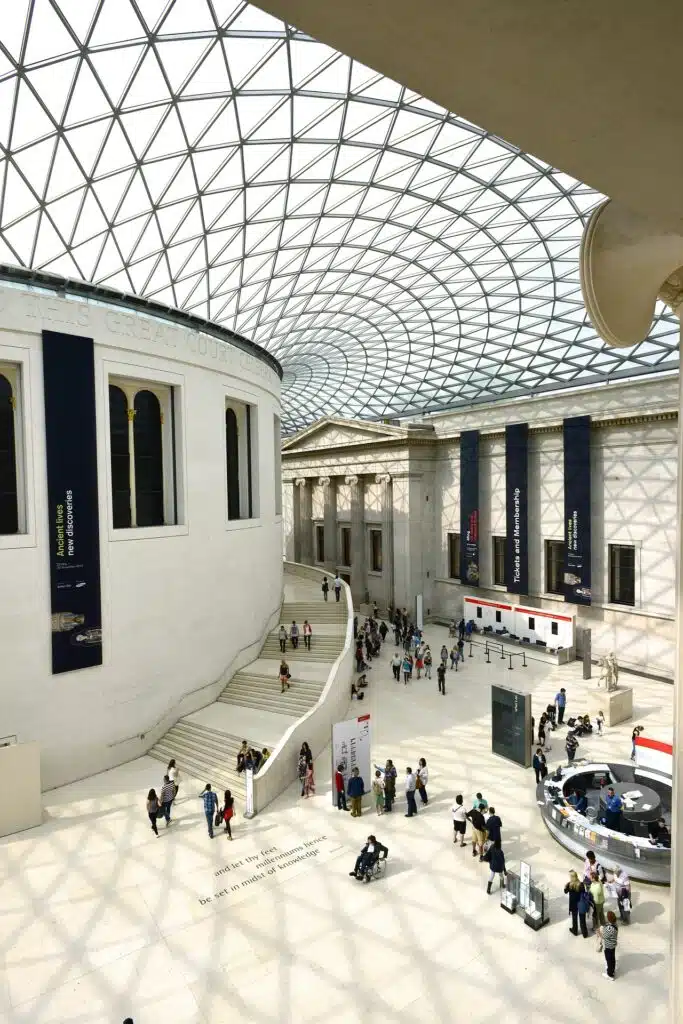
What to See at the British Museum
- The Rosetta Stone: One of the museum’s most famous artifacts, the Rosetta Stone was instrumental in deciphering ancient Egyptian hieroglyphs. This granite slab, inscribed with the same text in three scripts—Greek, Demotic, and hieroglyphic—enabled scholars to unlock the language of ancient Egypt. The Rosetta Stone is located in the Egyptian Sculpture Gallery, and it’s often the first stop for many visitors.
- The Elgin Marbles (Parthenon Sculptures): These magnificent marble sculptures once adorned the Parthenon in Athens and are one of the most debated artifacts in the museum’s collection. Dating back to the 5th century BCE, they depict scenes of gods, goddesses, and mythical battles. Displayed in the Duveen Gallery, the Parthenon Sculptures offer an intimate glimpse into the art and culture of classical Greece.
- The Egyptian Mummies: The British Museum boasts one of the largest and most significant collections of ancient Egyptian artifacts outside Egypt. The Egyptian Mummies Gallery is a highlight for many visitors, showcasing a variety of well-preserved mummies and burial artifacts, including coffins, statues, and amulets. The display explores the rituals and beliefs surrounding death and the afterlife in ancient Egypt.
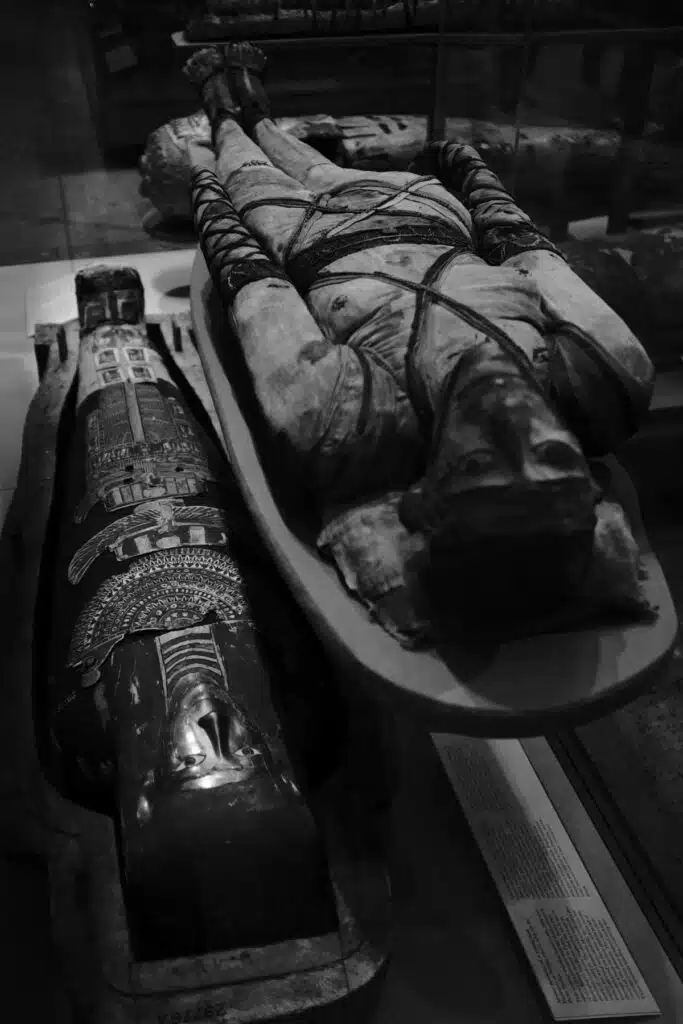
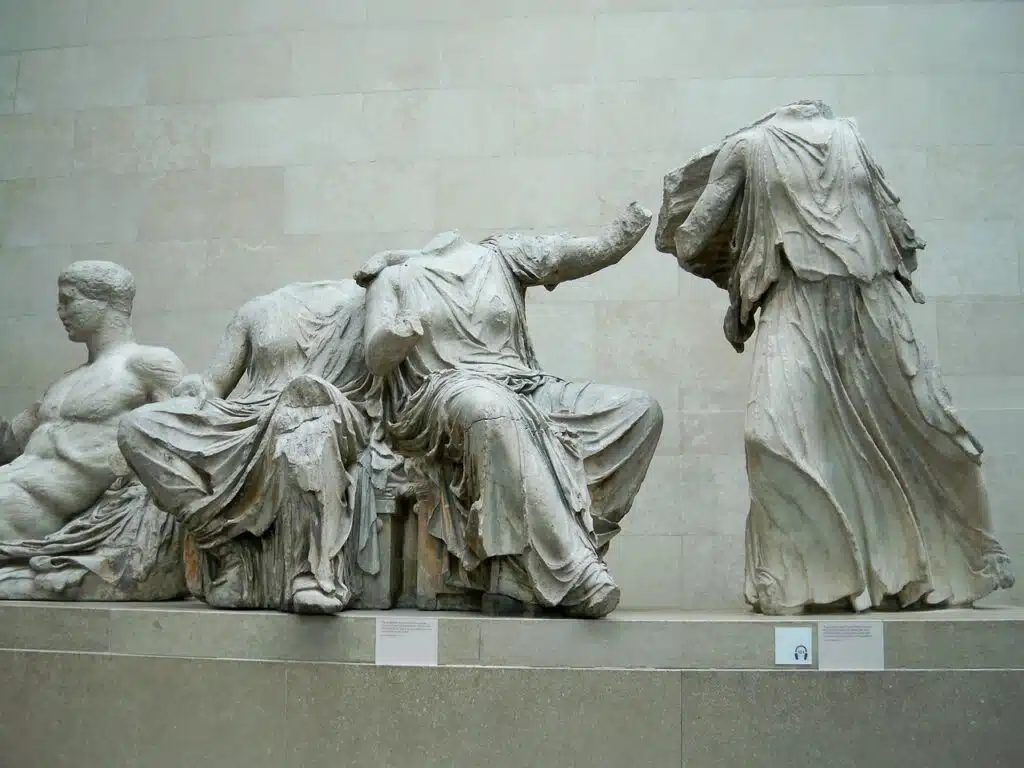
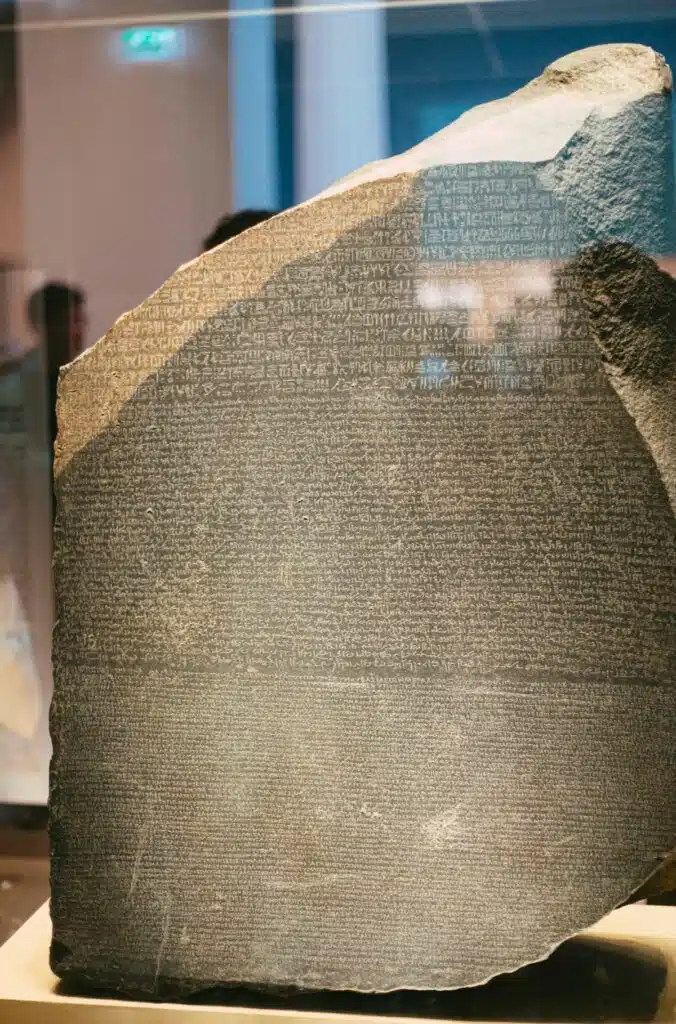
- The Assyrian Lion Hunt Reliefs: Carved in the 7th century BCE, these stunning stone reliefs depict the dramatic and ceremonial royal lion hunts of the Assyrian kings. Found in the palace of Ashurbanipal in Nineveh (modern-day Iraq), the reliefs capture the power and grandeur of the Assyrian Empire and are a stunning example of ancient Near Eastern art.
- The Sutton Hoo Treasures: Discovered in Suffolk, England, in 1939, the Sutton Hoo ship burial is one of the most important archaeological finds in British history. The treasures from this Anglo-Saxon burial site, including a famous ceremonial helmet, weapons, and jewelry, are displayed in the Early Medieval Gallery. These artifacts offer a rare insight into early medieval England and its connections to the broader world.
- The Benin Bronzes: The Africa Galleries feature an impressive collection of Benin Bronzes, intricate metal plaques and sculptures created by the Edo people of the Kingdom of Benin (modern-day Nigeria). These exquisite pieces depict scenes of court life, historical events, and deities, highlighting the skill and sophistication of African art and craftsmanship. The display also touches upon the controversial history of how these bronzes were acquired during the British colonial era.
- The Enlightenment Gallery: Housed in the museum’s oldest room, the King’s Library, the Enlightenment Gallery provides a window into the 18th century’s Age of Enlightenment. This gallery explores how knowledge of the natural world, history, and culture was acquired, classified, and understood. It’s a fascinating look at how early European collectors, scientists, and scholars approached the study of the world.
What to See Nearby
After exploring the British Museum, visitors can take advantage of the museum’s central location to explore other nearby cultural attractions. A short walk away is The Charles Dickens Museum, dedicated to the famous Victorian author, where you can explore his former home and learn about his life and works. The British Library, home to the Magna Carta and other historical manuscripts, is also nearby. For those interested in theatre and art, Covent Garden and Soho are bustling districts filled with galleries, theaters, and dining spots perfect for a post-museum visit.
Tips for Visiting the British Museum
- Free admission: The British Museum offers free entry to its permanent collection, making it accessible to all. However, temporary exhibitions may require tickets, so it’s worth checking the museum’s website ahead of your visit.
- Arrive early: The museum attracts millions of visitors annually, so arriving early will allow you to explore the popular galleries like the Egyptian and Greek rooms before they get too crowded.
- Guided tours and audio guides: The British Museum offers a range of guided tours, as well as audio guides in multiple languages. These can greatly enhance your visit, offering expert insights into the history and significance of the artifacts on display.
- Plan your visit: The museum is enormous, and seeing everything in one visit is nearly impossible. To make the most of your trip, focus on key areas of interest, such as the ancient civilizations or specific regional collections, and allow time to explore these thoroughly.
- Accessibility: The museum is wheelchair accessible, with ramps, elevators, and accessible toilets. Visitors with disabilities can also book special guided tours or request support from museum staff.
The British Museum is a treasure trove of human history, offering an unrivaled exploration of art, culture, and civilization from across the globe. Whether you’re captivated by the ancient Egyptians, fascinated by the classical world, or intrigued by African art, the museum’s vast and diverse collection will transport you through the ages. With its free admission, rich educational resources, and central location, the British Museum is not only a must-visit for tourists but also a cherished institution for Londoners and scholars alike. Visiting this remarkable museum is like embarking on a journey through time, one artifact at a time.



